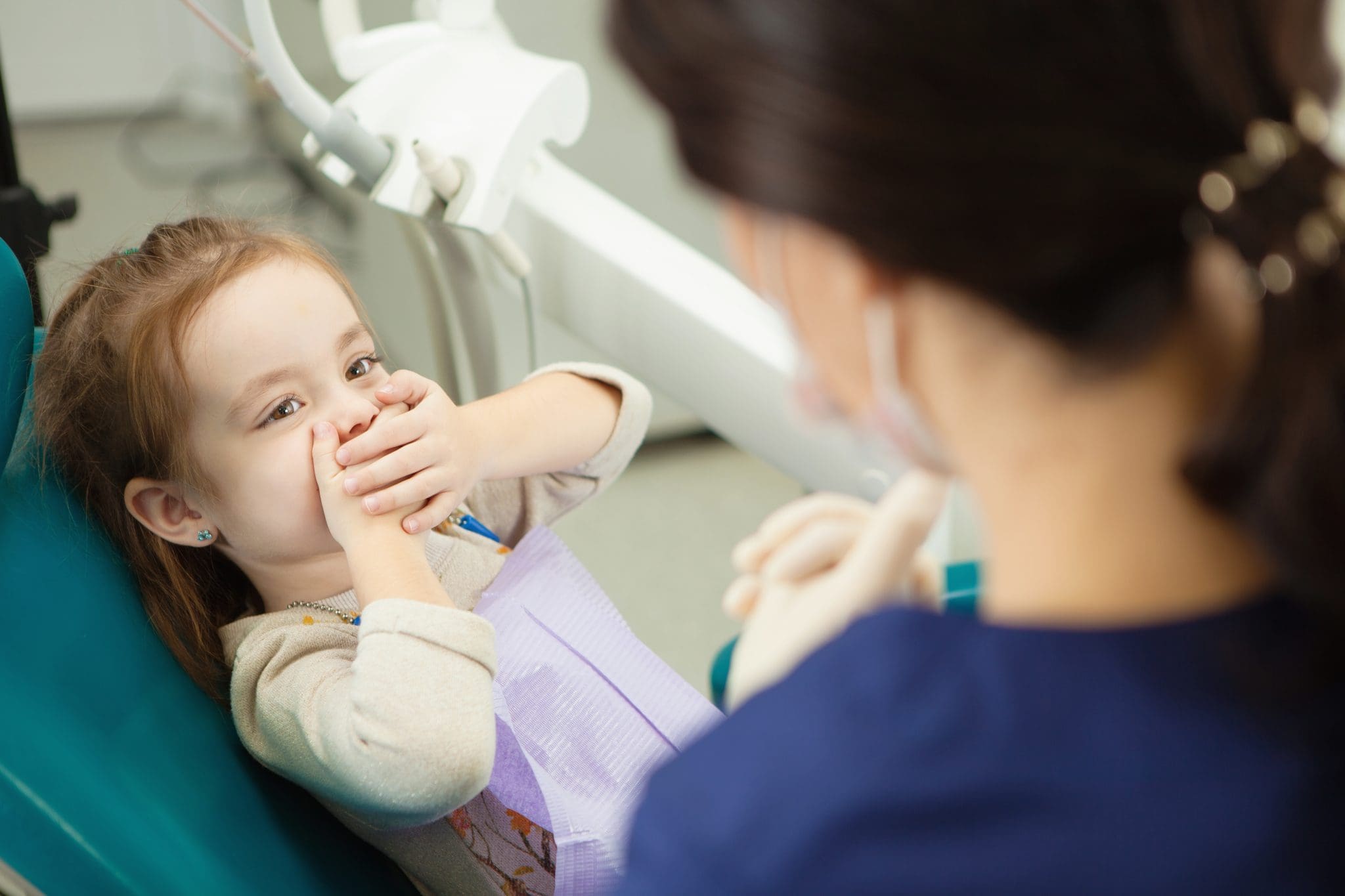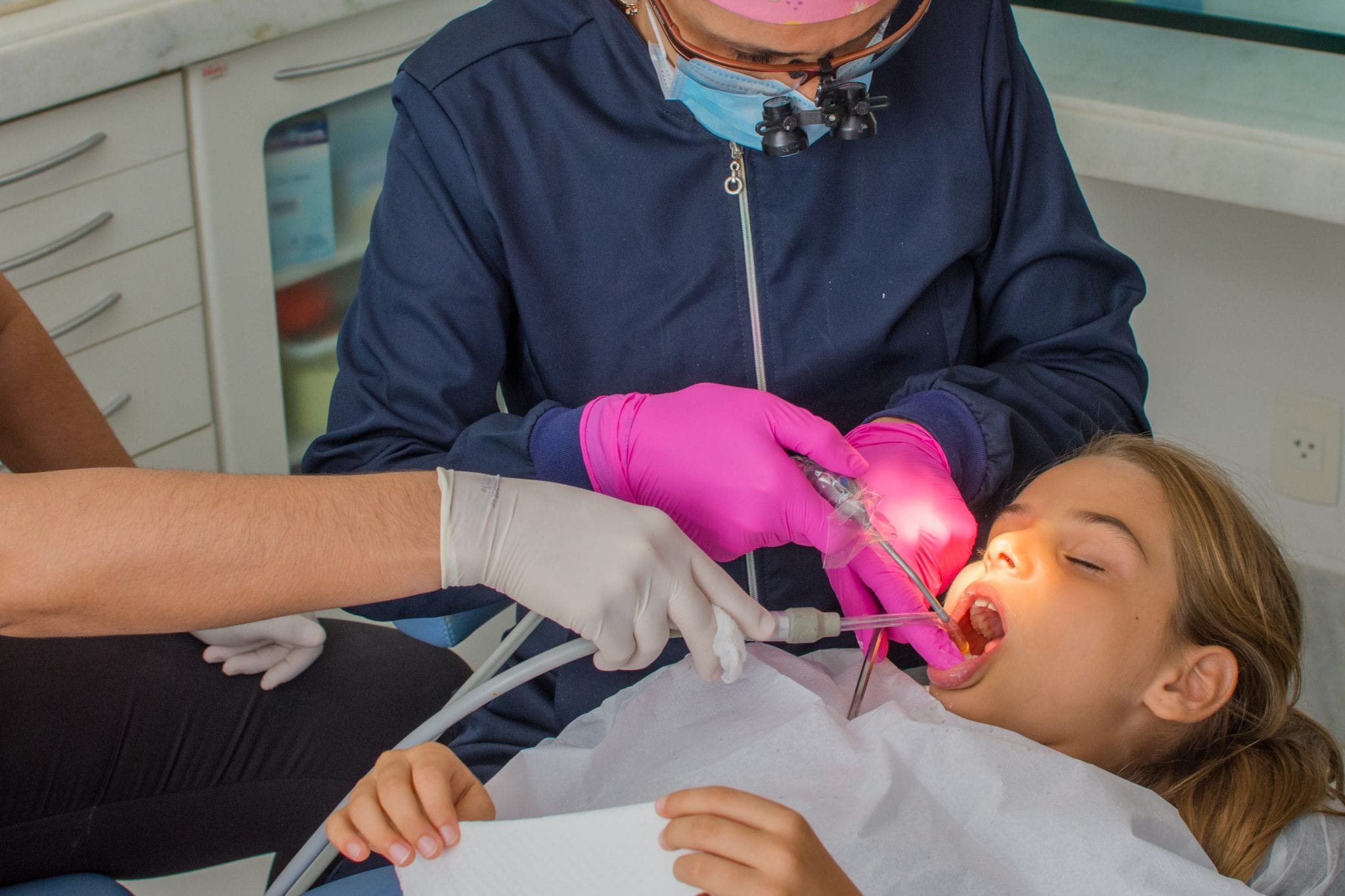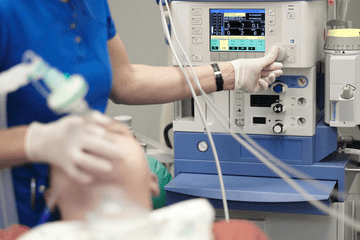general anesthesia



What is General Anesthesia?
General anesthesia will put your child into a deep sleep. He or she will be unable to feel pain or move around and your child will not feel any pain during the procedure or have memory of it. General anesthesia for dental procedures can be provided by an anesthesiologist or dental anesthesiologist. These professionals are trained to deliver medication, monitor your child during the procedure.
To prepare your child for general anesthesia, follow the guidelines given to you by the doctor regarding food and fluid intake before and after the procedure. Discuss the procedure with your child using simple terms that he or she can understand. Let your child rest quietly at home after the procedure. He or she will probably be ready to resume their normal schedule the next day.
Why would General anesthesia be needed?
When traditional methods in the dental office are not possible to complete dental treatment, your child may be candidate for general anesthesia at a local hospital. These cases include:
- severe anxiety and/or inability to relax,
- very young child and uncooperative age-appropriate behavior,
- immature cognitive functioning,
- disabilities or compromised health conditions that make it unsafe to receive dental care in an office situation.
Through hospital dentistry, you can eliminate the struggles and trauma that can lead to a lifetime fear of dental treatment for your child.





Who is a good candidate for general anesthesia?
Before recommending or administering any type of anesthesia, we will review your child’s health and medical history. We will then provide you with the options available so that you can choose which one you think your child would benefit from the most during their appointment. It is helpful that someone watches the child in the car seat or booster seat, while driving back home after the procedure.
What happens when undergoing general anesthesia ?
Once your child has been registered for the procedure, a member of the anesthesia staff will meet with you to take your child’s vital signs, weight and medical history. As the parent or legal guardian, you will be asked to sign a consent form before the anesthesia is given. The anesthesiologist will meet with you and your child to review your child’s medical information and decide which kind of sleep medication your child should get. Usually the child will get their sleep medication through a “space mask” that will have their favorite scent to flavor the air flowing through the mask. There are no shots or needles used while your child is still awake. Then, IV Intravenous line) will be started on your child so that medication can be given to keep him or her sleeping throughout the procedure.
While your child is asleep, his or her heart rate, blood pressure, temperature, and blood oxygen level will be checked continuously. At the end of the procedure, your child is moved to the recovery room. They will need to stay in the recovery room to be watched until they are alert and their vital signs are stable, then you will be called so that you can be there as they wake up. After your child is discharged and goes home, they might still be groggy and should take it easy for the day.
If you would like to learn more about general anesthesia and our sedative options, call us today to talk to one of our helpful staff members.




